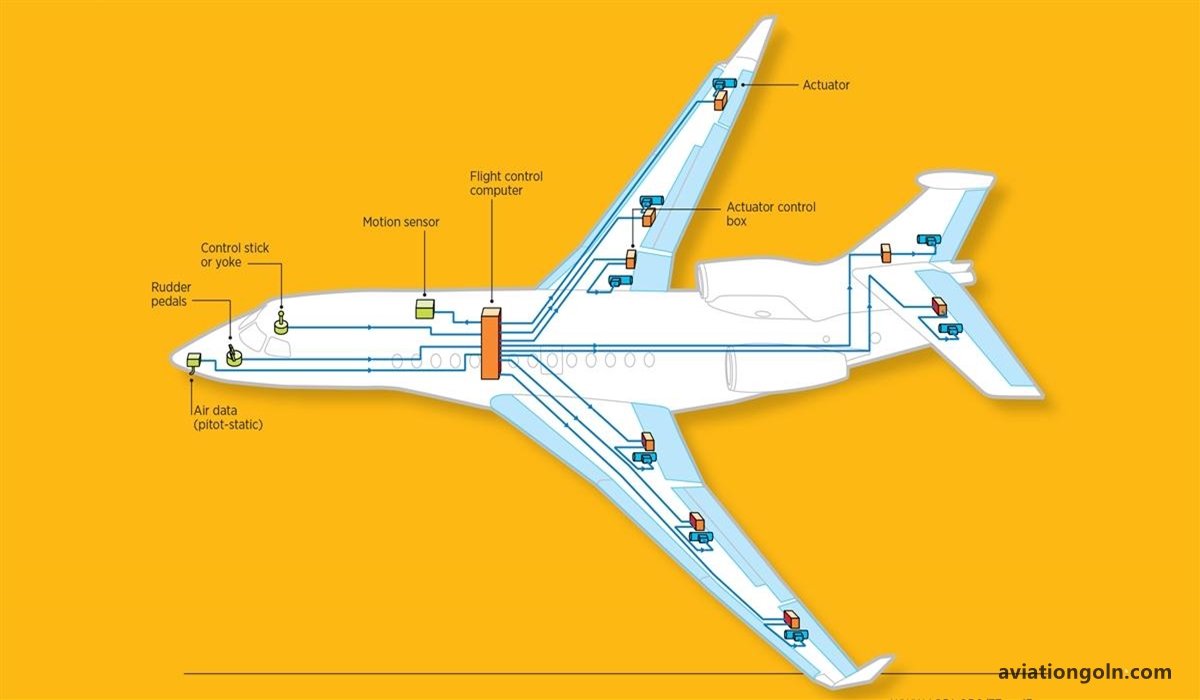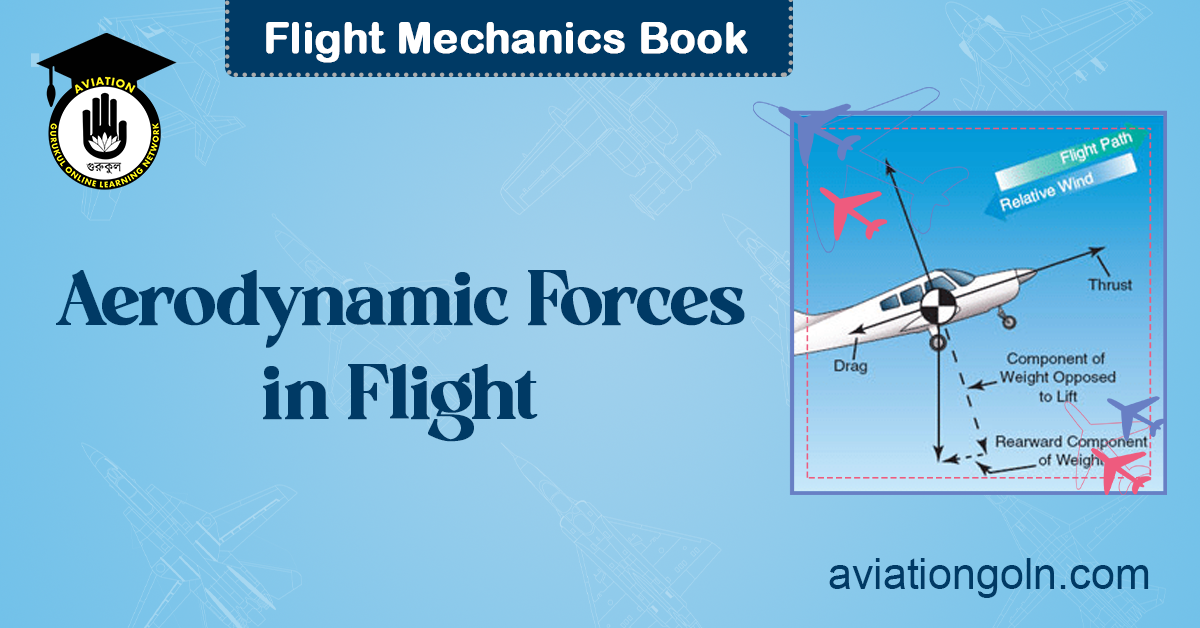Aerodynamic Forces in Flight: The science of aerodynamics plays an indispensable role in the design, operation, and understanding of aircraft. At the heart of this field are the aerodynamic forces that govern an aircraft’s movement. These forces influence everything, from the initial takeoff to the intricate maneuvers performed mid-air. This article will deep dive into these forces, exploring their intricacies, interplay, and importance.
Aerodynamic Forces in Flight
1. The Four Fundamental Forces
There are four primary aerodynamic forces in flight:
- Lift
- Weight (or gravity)
- Thrust
- Drag
Together, these forces determine the flight trajectory, stability, and overall behavior of an aircraft.

2. Lift
Lift is an upward force that opposes the weight of an aircraft, enabling it to stay airborne.
- Generation of Lift: Lift is primarily generated by the wings. The curvature of the wing’s upper surface (called an airfoil) results in a pressure differential. The air moves faster over the curved top surface and slower beneath it, leading to lower pressure on top and higher pressure beneath, which produces lift.
- Factors Affecting Lift: Lift depends on several factors:
- Air Density: Higher densities increase lift, which is why planes often take off early in the morning when the air is cooler and denser.
- Air Velocity: Lift is proportional to the square of the velocity of the air over the wings.
- Surface Area of the Wing: Larger wings generally produce more lift.
- Angle of Attack: The angle between the wing’s chord line and the oncoming air is crucial. A greater angle increases lift until it reaches a critical point beyond which the wing stalls.

3. Weight (Gravity)
Weight, governed by the force of gravity, pulls the aircraft toward the Earth’s center.
- Aircraft Weight Components: The weight of an aircraft comprises various elements, including the aircraft’s body, fuel, passengers, cargo, and crew.
- Importance in Flight: While weight opposes lift, it is essential for stable flight. An aircraft’s design ensures that its center of gravity (where it balances) is aligned with the center of lift, ensuring stable flight.

4. Thrust
Thrust propels an aircraft forward and is essential for achieving and maintaining the desired airspeed.

- Generation of Thrust: Engines, whether jet engines or propellers, produce thrust. Jet engines do this by expelling air at high velocities, while propellers create thrust by moving a large volume of air behind them.
- Factors Affecting Thrust: Engine power setting, air density, and the design and condition of the engine or propeller all play a role in determining thrust.

5. Drag
Drag is the aerodynamic resistance an aircraft faces as it moves through the air. It works opposite to thrust.
- Types of Drag:
- Parasite Drag: It comprises form drag (due to the aircraft’s shape) and skin friction (caused by air friction over the aircraft’s surface).
- Induced Drag: Produced due to lift generation, especially evident at high angles of attack or when flying slowly.
- Reducing Drag: Aerodynamic designs, such as streamlined shapes, retractable landing gear, and winglets (upturned tips on the wings), help reduce drag.

6. The Interplay of Forces
For an aircraft to maintain a stable flight, these forces must be in equilibrium:
- Straight and Level Flight: Lift equals weight, and thrust equals drag.
- Climbing Flight: Lift is greater than weight, and thrust is greater than drag.
- Descending Flight: Weight is greater than lift, and drag is greater than thrust.

7. The Dynamics of Turning
When an aircraft turns, it banks or rolls to one side. This banking action redirects the lift vector from straight up to an angle, causing the aircraft to turn due to the horizontal component of the lift.
- Centripetal Force: For an aircraft to maintain a turn, it needs a force directed toward the center of the turn. This force is a component of the lift, not a separate force on its own.

8. Advanced Aerodynamics
- Stalls: A stall occurs when the wing’s angle of attack becomes too great, causing disrupted airflow over the wing and a sudden decrease in lift.
- Ground Effect: As an aircraft flies close to the ground, it experiences an increase in lift and a decrease in drag. This phenomenon is called ground effect and results from the interference of the ground with the wing’s airflow.
- Transonic and Supersonic Flight: As aircraft approach the speed of sound (Mach 1), they face unique aerodynamic challenges, like shockwaves that result in rapid drag increase. Supersonic flight (speeds greater than Mach 1) presents its challenges and requires specialized aircraft designs.

Aerodynamics is a captivating field, blending physics, engineering, and a touch of art. The fundamental aerodynamic forces – lift, weight, thrust, and drag – not only determine an aircraft’s ability to fly but dictate its behavior in flight. Understanding these forces’ origins, interactions, and implications is crucial for anyone wishing to grasp the nuances of aviation. As aircraft designs and technologies continue to evolve, the underlying principles of aerodynamics remain the steadfast pillars guiding flight’s very essence.
